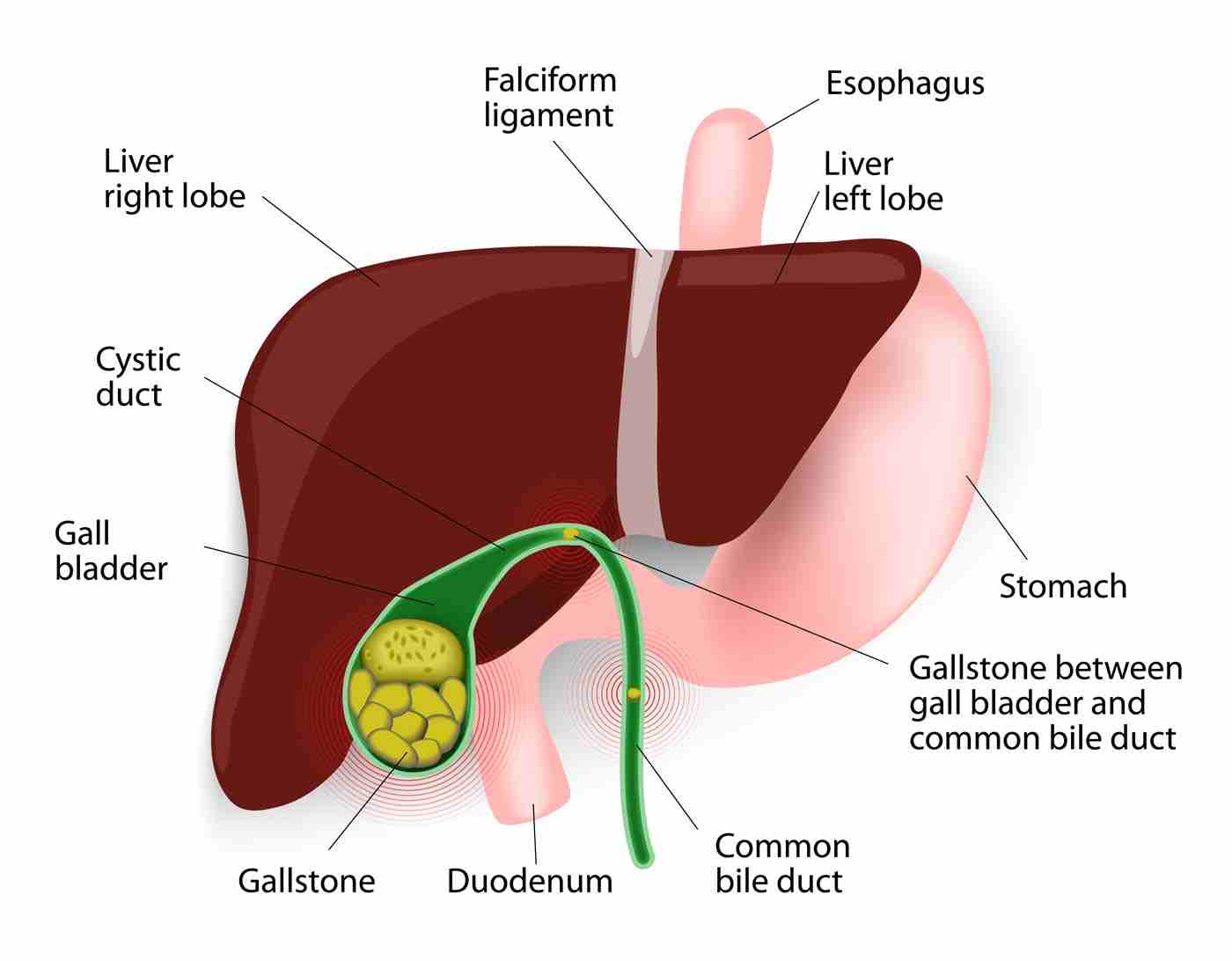Posted on November 23rd, 2019

According To Dr Gaurav Dadhich , When the gall bladder is surgically removed, the “gall bladder bile” (bile in which most of the inorganic anions, chlorides and bicarbonates have been reabsorbed) is lost and digestion becomes weak resulting in discomfort after eating fatty and fried foods. The solubility of cholesterol in bile depends upon the concentration of cholesterol, bile salts and lecithin. The most important mechanism in the formation of stones is increased biliary secretion of cholesterol. This may occur due to many reasons that cannot be pinpointed. If by oral homeopathic medication, the secretion of cholesterol is regulated and the density of bile is made normal then the stones melt. In some cases even if the disease is cured, i.e. the bile is made normal, the stones do not melt. By homeopathic medicines, the stones can be made to become silent and fixed in one place. The patients become symptom-free, for the rest of their lives.
In many cases the stones do melt, which can be proved by ultrasonographs. Surgery as a treatment option for gallstones is only indicated if the stones do not melt or do not become silent.
All cases of gallstones are not required to be operated upon. Homeopathy has specific medicines for the treatment of pathological gall bladder. They should first be treated with homeopathic medicines. Those cases that do not respond to the oral homeopathic treatment or get complications are to be treated surgically.
Patients sometimes fear that the presence of stones in the gall bladder for a long time may cause cancer. This idea is totally a misconception. Today, it is universally accepted amongst the medical community that silent gallstones, need not be treated. The latest medical books (1. CMDT, 2000 Edn., Appleton & Lange, USA.; 2. Clinical Medicine – Kumar & Clarke, 4th Edn. London) carry this information and your attending doctor should be aware of this.
Some homeopathic medicines that we use for the effective treatment of gallstones are as follows: Carduus Marianus θ, Chelidonium Majus 6X, Lycopodium Clavatum 200, etc.